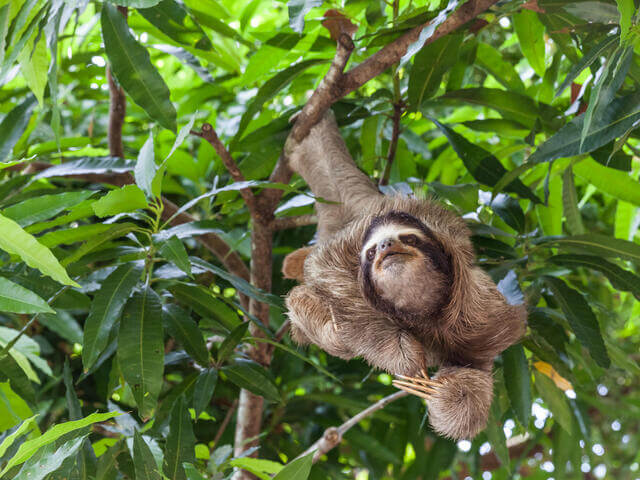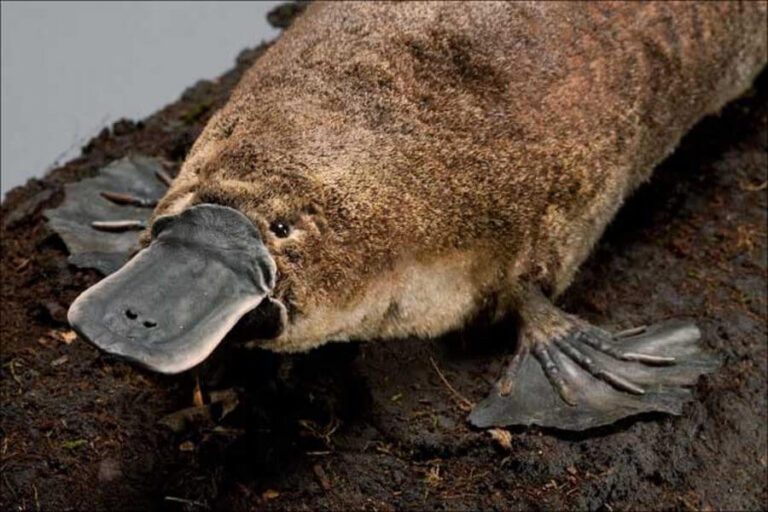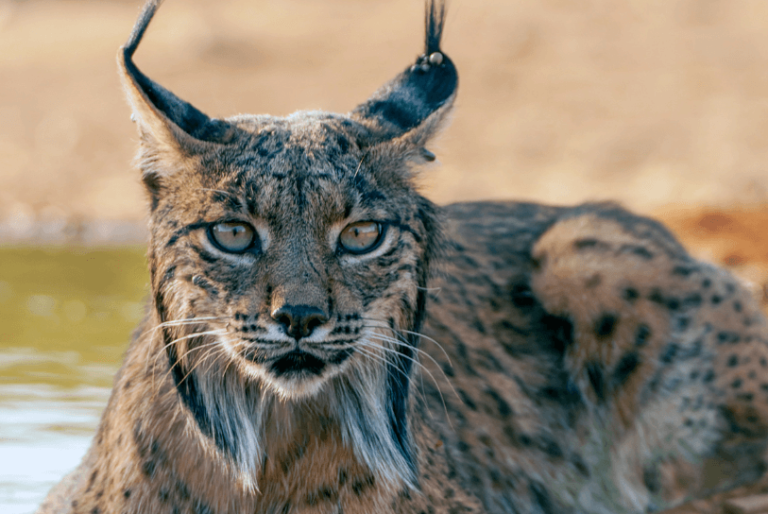Sloth: An In-Depth Exploration of One of Nature’s Most Unique Creatures
Sloths are fascinating animals known for their slow movements, unique adaptations, and tree-dwelling lifestyle. These gentle creatures are perfectly adapted to a life of leisure in the treetops of Central and South America. In this comprehensive article, we will explore the sloth’s scientific classification, physical characteristics, habitat, behavior, diet, reproduction, predators, conservation status, and much more.
Contents
Scientific Classification
- Kingdom: Animalia
- Phylum: Chordata
- Class: Mammalia
- Order: Pilosa
- Suborder: Folivora
- Families: Bradypodidae (three-toed sloths), Megalonychidae (two-toed sloths)
- Genus and Species:
- Bradypus tridactylus (Three-toed sloth)
- Choloepus hoffmanni (Two-toed sloth)
Physical Characteristics

Sloths are medium-sized mammals with distinct physical traits that enable their arboreal lifestyle:
- Size: Sloths range from 2 to 2.5 feet in length and weigh between 8 to 17 pounds, depending on the species.
- Limbs: They have long limbs equipped with curved claws about 3-4 inches long, perfect for hanging from branches.
- Fur: Their fur is coarse and provides an ideal habitat for algae, giving them a greenish tint that helps with camouflage.
- Head: Sloths have a small, round head with small eyes and ears, a blunt nose, and a perpetual smile due to the structure of their mouth.
- Adaptations: They have a slow metabolism, low muscle mass, and a low body temperature of about 86-93°F (30-34°C), which is unusual for mammals.
Habitat
Sloths are found primarily in Central and South America’s tropical rainforests, including Brazil, Costa Rica, and Panama. They thrive in dense, moist environments with plenty of canopy cover.
- Trees: Sloths live almost exclusively in trees, using their long limbs and curved claws to navigate the canopy.
- Elevation: They are found from sea level up to 7,000 feet in mountainous regions.
Behavior

Sloths are famous for their slow, deliberate movements, which help them conserve energy.
- Activity: They are primarily nocturnal, spending up to 20 hours a day sleeping or resting.
- Movement: Sloths move at a maximum speed of 0.15 miles per hour, making them one of the slowest animals on Earth.
- Defense: Their slow movement and camouflage provide excellent protection from predators. If threatened, they will swipe with their sharp claws.
- Communication: Sloths are generally silent but may make soft noises, especially when interacting with offspring.
Diet
Sloths are herbivorous and have a highly specialized diet consisting mainly of leaves, twigs, and buds.
- Food Preferences: They prefer leaves from the Cecropia tree but will eat from over 90 different tree species.
- Digestive System: Their stomach has multiple compartments, allowing them to slowly digest tough, fibrous leaves. It can take a month for a sloth to digest a single meal.
Reproduction
Sloth reproduction is slow, with long intervals between births.
- Mating: Sloths do not have a specific breeding season. Females typically give birth once every 1-2 years.
- Gestation: Pregnancy lasts about 6 months for three-toed sloths and around 12 months for two-toed sloths.
- Offspring: Sloths usually give birth to a single baby, which clings to its mother’s belly for several months before becoming independent.
Predators
Despite their slow lifestyle, sloths face several predators:
- Primary Predators: The main natural threats are Jaguars, ocelots, and harpy eagles.
- Defense Mechanisms: Their camouflage and slow movements make them difficult to detect, while their sharp claws provide some defense.
Conservation Status
Sloths are not considered endangered, but their habitats are under constant threat.
- Status: Two-toed sloths are classified as Least Concern, while some three-toed species, like the pygmy three-toed sloth, are Critically Endangered.
- Threats: Deforestation, habitat fragmentation, and road accidents pose significant risks to their populations.
- Conservation Efforts include habitat preservation, rehabilitation, and education initiatives to reduce human impact.
Interesting Facts
- Sloths only come down from trees once a week to defecate.
- Their fur hosts an entire ecosystem of algae, fungi, and insects.
- Sloths are surprisingly good swimmers and can hold their breath for up to 40 minutes underwater.
Evolutionary History
Sloths belong to the order Pilosa, which also includes anteaters. They have ancient roots dating back over 35 million years in South America. The extinct Giant Ground Sloth (Megatherium), which could reach the size of an elephant, was one of their ancient relatives.
Relationship with Humans
Sloths are often perceived as symbols of relaxation and conservation. They are increasingly featured in ecotourism but face challenges due to habitat loss and the illegal pet trade. Efforts are ongoing to educate people about preserving their natural habitats.
Conclusion
Sloths are remarkable creatures with unique adaptations that allow them to thrive in their treetop homes. Despite their slow pace, they are highly specialized animals perfectly suited to their environment. Conservation efforts are crucial to ensuring the continued survival of these gentle, tree-dwelling mammals. By protecting their habitats and raising awareness, we can help secure a future for sloths and the rich biodiversity they represent.
- Are Rottweilers Good With Kids? Reasons & Training Tips - 17 September 2025
- How Long Are Dogs Pregnant: Complete Guide - 16 September 2025
- German Shepherd Doberman Mix: Info, Pictures, Care & More - 11 September 2025







